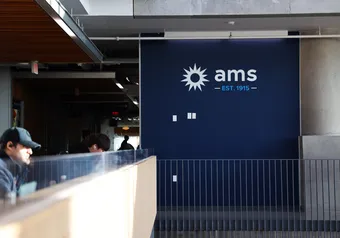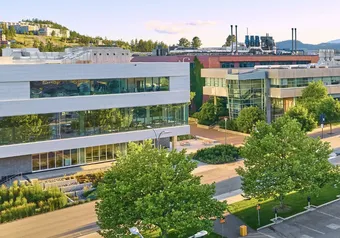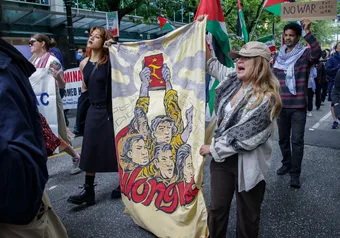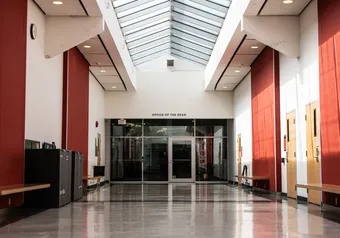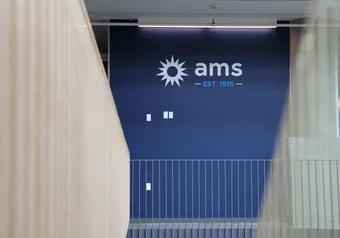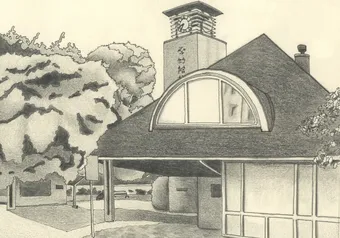The AMS is in the process of creating a centennial yearbook for the upcoming school year.
The yearbook will be a record of the AMS’s entire history, using the university’s historical archives and images from their photo collection.
The AMS has been talking about doing a yearbook for two years, and with the centennial approaching in September, the executive team is keen to push forward with the project.
"It’s a project for us to show how much the AMS has been involved in student life at UBC," said AMS President Tanner Bokor. "We’re really trying to highlight the campus."
The AMS is hoping to make the yearbook available online and in print, with the printed version styled as a coffee-table book with 150 to 200 pages.
"It’s including a lot of images from our photo collection," said Bokor, "and also higher level stories of interest to UBC, to show how students shape the university."
The AMS is aiming to make the yearbook cost-neutral for students. So far, no money has been spent on printing, copying or researching, thanks to the work of archivist Sheldon Goldfarb and a number of work-learn students. The next fiscal year is when significant amounts of money will have to be spent on the publication of the yearbook.
"Right now, it’s looking to be around $30,000," said Bokor on the outlook of the yearbook's cost. "We have just gotten a $10,000 grant from the Centennial Initiatives Fund, and we’re also looking at donors, so our hope is that it will be cost neutral for students."
Potential donors include former AMS executives and interested alumni as well as healthcare and insurance companies. Still on the content creation phase, Bokor could not comment on a final cost for the yearbook, but hopes that students will engage with the documentation through the yearbook.
The 2015-2016 year will hold several commemorative events and celebrations to celebrate the achievements over the last 100 years. Although the AMS executive team have been working on the yearbook for several years, the green light was given to start on the writing in June 2014. This has given the executive team just over a year to complete the project, and coordinate a dedicated team of work-learn students who have been looking through archives and research.
Bokor said that they are happy to have the book approaching the stage at which they can show it to the students.
"It’s a little bit of graphics, a little bit of content," said Bokor. "It’s a really nice history book to pass on for students."
First online
Share this article


